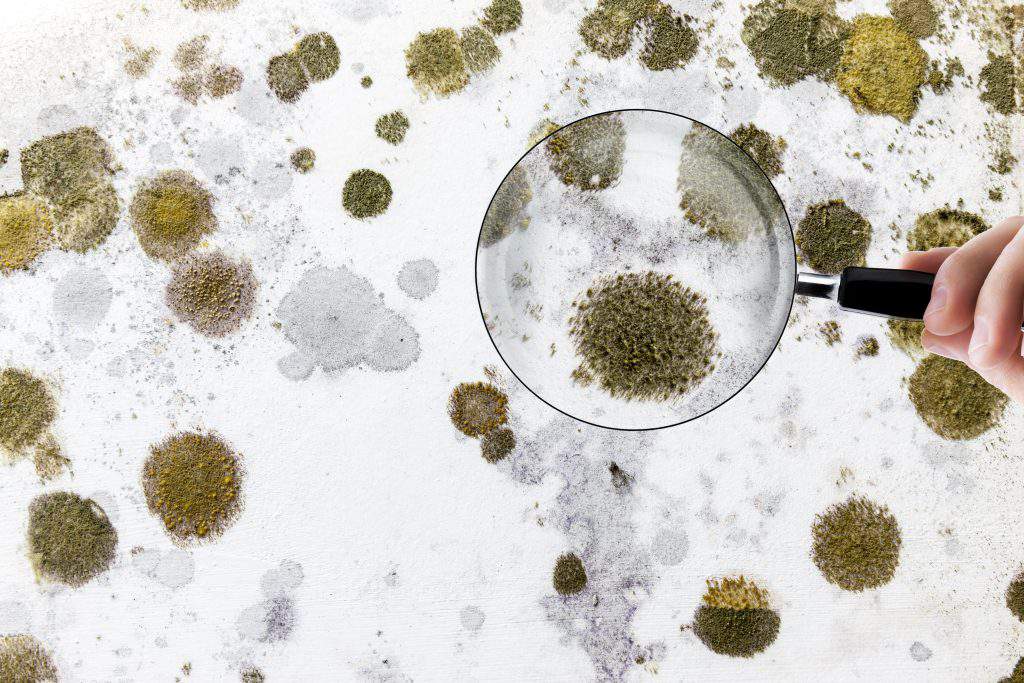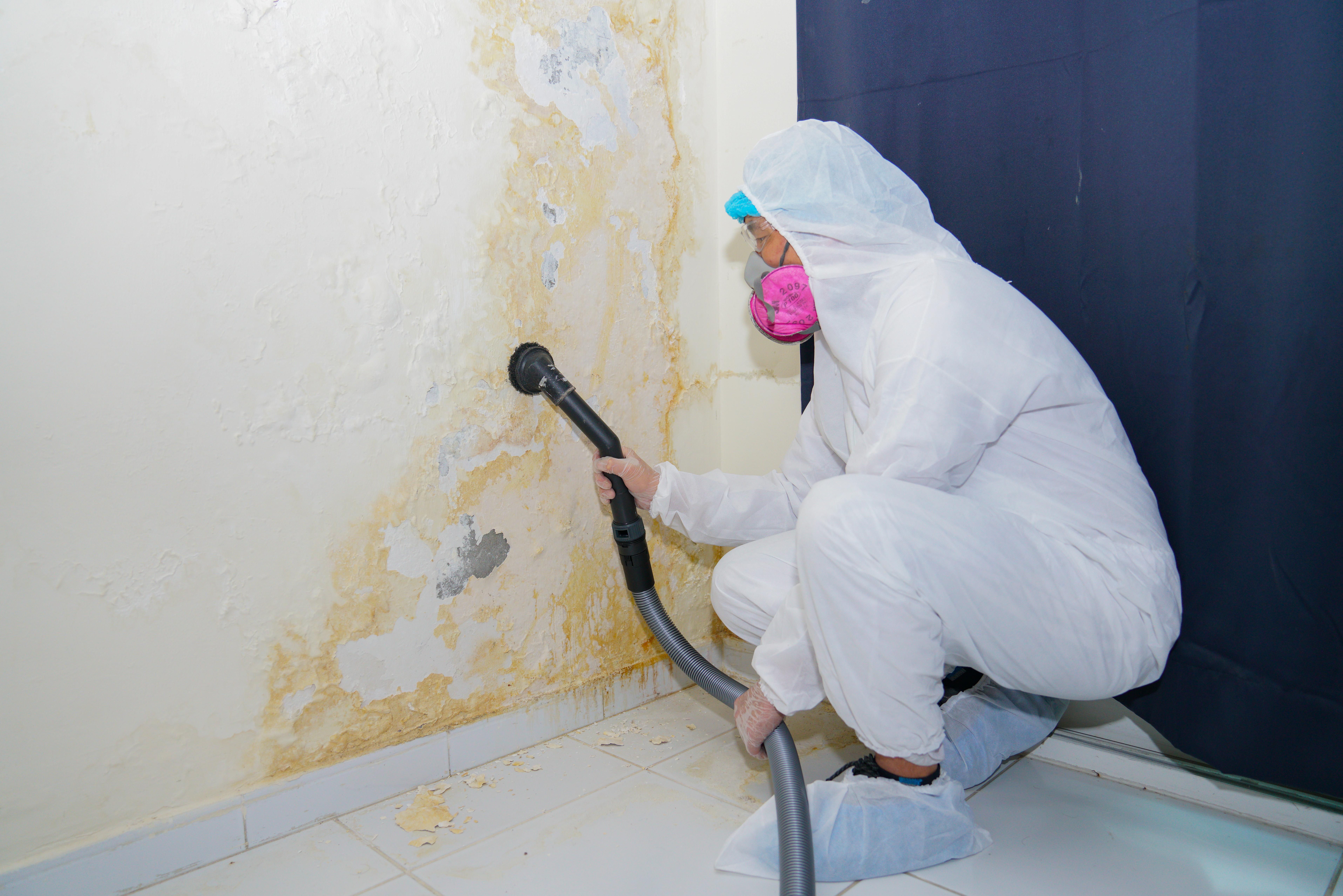Professional Tips for Post Mold And Mildew Removal Success
In the world of mold removal, effectively removing mold and mildew is just half the fight; real difficulty depends on preventing its reappearance. Post-remediation initiatives play an important function in guaranteeing a mold-free environment in the long-term. By adhering to skilled pointers and ideal methods, people can guard their rooms against mold renewal and keep a healthy and balanced indoor atmosphere. It is in this phase of the removal procedure that interest to information and proactive procedures truly make a difference.
Display Moisture Levels On A Regular Basis
After finishing mold remediation treatments, maintaining optimal humidity degrees is essential to stop mold and mildew re-growth and make certain a healthy and balanced interior setting. High moisture levels over 60% develop a conducive environment for mold to grow, making regular keeping track of a proactive measure to avoid any future mold and mildew problems.
Making use of hygrometers or moisture meters can assist in precisely determining moisture levels in various locations of the property. These tools provide real-time information that enables remediation experts to make informed decisions relating to air flow, dehumidification, and other needed activities to keep suitable moisture levels post-remediation. In addition, establishing a regular schedule for moisture checks, particularly in risky locations such as bathrooms, kitchens, and basements, is an aggressive approach to mold and mildew avoidance. By regularly keeping track of humidity degrees, residential property owners can effectively reduce the threat of mold and mildew reoccurrence and maintain a healthy interior atmosphere post-remediation.
Conduct Thorough Inspections Post-Remediation
Complying with the conclusion of mold remediation treatments, it is critical to perform comprehensive assessments to validate the effectiveness of the remediation procedure. These post-remediation inspections are crucial in making sure that the mold and mildew issue has been effectively attended to which there is no reappearance or continuing to be mold and mildew development. Evaluations should be accomplished by certified specialists that have knowledge in identifying mold and mildew and assessing indoor air high quality.
Throughout these examinations, numerous approaches such as aesthetic analyses, air sampling, and surface area tasting might be employed to thoroughly review the remediated areas. Aesthetic analyses entail a thorough examination of the facilities to look for any type of noticeable indicators of mold and mildew development or water damage. Air sampling assists in determining the airborne mold and mildew spore degrees, while surface tasting can spot mold and mildew particles on surfaces.
Implement Correct Air Flow Methods
After making certain the effectiveness of the mold remediation process with complete evaluations, the following essential action is to concentrate on applying proper ventilation techniques. Appropriate air flow is crucial in stopping mold reoccurrence by regulating wetness degrees and promoting air circulation.
Appropriate air flow not just aids in preventing mold and mildew growth however likewise contributes to the general health and wellness and convenience of owners. By ensuring adequate ventilation throughout the residential property, you can lower the threat of mold and mildew regrowth and develop a healthier living atmosphere.

Usage Mold-Resistant Products for Fixes
To improve the long-lasting effectiveness of mold and mildew removal efforts, including mold-resistant products for repair work is essential in alleviating the risk of future mold and mildew development. Mold-resistant materials are designed to hold up against dampness and prevent mold and mildew development, making them a vital choice for locations prone to wetness and humidity. When fixing areas influenced by mold, making use of materials such as mold-resistant drywall, mold-resistant paints, and mold-resistant caulking can aid avoid mold reappearance.
Mold-resistant drywall is an excellent option to traditional drywall in locations like cellars and bathrooms where moisture degrees are higher. When subjected to damp conditions, this type of drywall has a special covering that resists mold growth also. Furthermore, using mold-resistant paints consisting of antimicrobial representatives can further prevent mold and mildew advancement on wall surfaces and ceilings.
In locations where dampness is typical, such as kitchens and shower rooms, making use of mold-resistant caulking around windows, sinks, and tubs can assist seal out water and protect against mold and mildew from taking hold in cracks and crevices. By purchasing these mold-resistant materials throughout repair services post-remediation, you can dramatically minimize the chance of future mold and mildew concerns and maintain a much healthier interior environment.
Maintain Tidiness and Address Water Issues
After mold and mildew remediation, it is vital to maintain additional resources a clean setting to avoid more helpful hints the regrowth of mold and mildew. Leakages, water intrusion, or high moisture levels can develop the best breeding ground for mold and mildew, so it is necessary to deal with any type of water-related problems immediately.
To preserve sanitation, think about making use of HEPA filters in vacuums and air purifiers to trap mold and mildew spores and stop their blood circulation in the air. Guaranteeing correct air flow in areas susceptible to moisture accumulation, such as kitchens and restrooms, can help keep humidity levels in check. By remaining alert regarding cleanliness and resolving water problems promptly, you can effectively prevent mold and mildew reinfestation and preserve a healthy and balanced indoor environment.
Verdict

In the world of mold remediation, efficiently eliminating mold is just half the fight; the true obstacle lies in avoiding its reappearance. After finishing mold removal procedures, keeping ideal humidity degrees is critical to protect against mold and mildew re-growth and make sure a healthy and see this balanced interior setting. High moisture levels over 60% develop a conducive atmosphere for mold to flourish, making regular keeping an eye on an aggressive procedure to protect against any type of future mold and mildew issues.
To boost the long-lasting performance of mold remediation efforts, incorporating mold-resistant products for fixings is important in mitigating the threat of future mold development. After mold removal, it is vital to preserve a tidy environment to protect against the regrowth of mold and mildew.